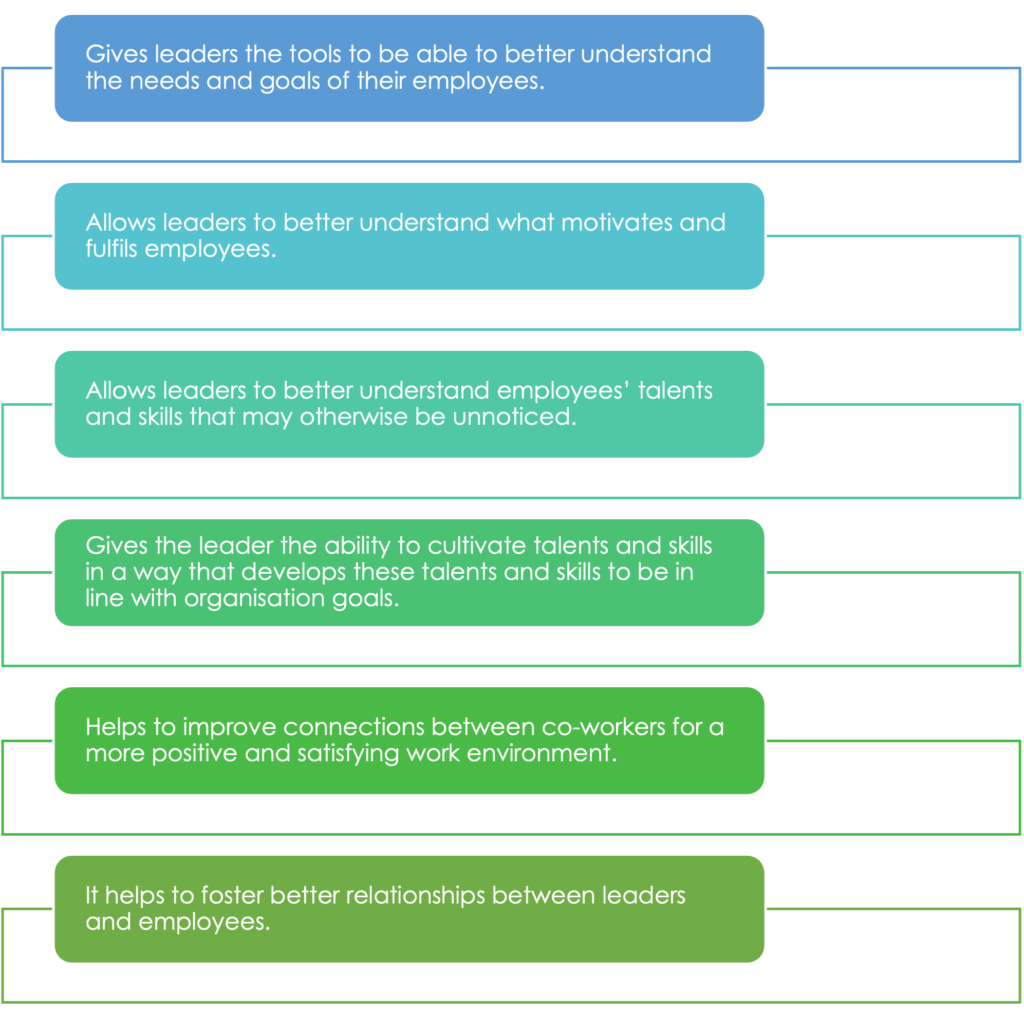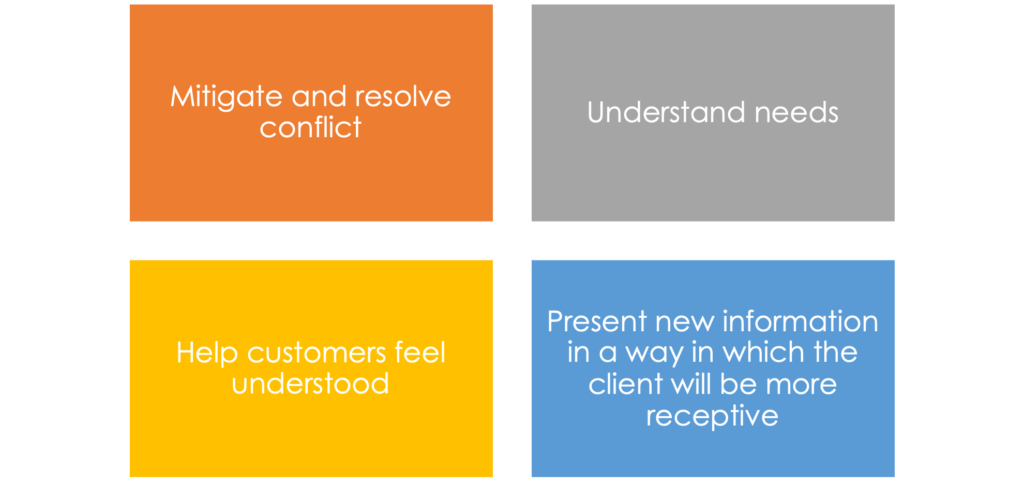By Carli Uys
Head of Marketing, Research and Development (MCom Industrial Psychology and MCom Communication studies)
Communication plays an integral part in the success of an organisation. Employees receive, send and process large amounts of news and information on a daily basis. Communication in the workplace ensures that operations run smoothly, and the quality of communication can significantly affect the results of the work being done. Good communication is an essential tool in achieving productivity and maintaining strong working relationships at all levels of an organisation. Employees who take the time and who are willing to put in the energy to deliver clear lines of communication will rapidly build trust among employees, which can lead to increased productivity, output and morale in general.
Quality communication in the workplace can eliminate unnecessary problems and promote better performance. To be able to increase overall productivity in an organisation, employees need to have the ability to communicate effectively. Good communication is also integral to sales, client relationships, team development, company culture, employee engagement and buy-in, and innovative thoughts.
According to Patrick Bosworth there are 4 powerful benefits of workplace communication:
- Good communication mitigates conflict. Conflict is typically caused by:
Misunderstanding/feeling misunderstood – Understanding each other’s communication patterns will help to avoid misunderstandings when communicating. Various communication tools can be used, such as identifying communication patterns and making small communication adjustments. When these communication tools are used, new information can be dispensed in a way that is easy and clear to understand, and the listener can better communicate their understanding.
Not understanding how others communicate – The speaker defaults to his/her own communication patterns instead of considering the communication pattern of the receiver.
Someone feeling that their emotional needs are not being met or being disregarded – This happens when an employee feels disrespected, taken advantage of, or disregarded, and it leads to tension or conflict.
- Good communication increases employee engagement
Communication is about connecting with other people. Engaged employees is one of the most powerful benefits of better communication. When a culture of good communication is established in the workplace, employees are then more engaged in their work and can align with company objectives and goals.
Good communication can improve employee engagement in the following ways:

- Good communication creates better client relationships
Client interactions are usually the difference between a satisfied customer and a disgruntled customer. When employees learn how to communicate more effectively and to connect with others they can better:

- Good communication results in a more productive and talented workforce
Besides contributing to increased employee engagement, communication skills can also help foster a more productive and talented workforce in many other ways:
- Understanding team talents and skills: When a leader masters the identification of communication patterns it empowers them to better understand the talents and skills of their team members.
- Achieving more buy-in: A leader can influence buy-in from their team members with the right communication tools.
- It allows for innovation: Employees who have the opportunity to express their ideas openly, are more likely to present their ideas without fear of ridicule or retaliation.
- It allows for growth: Each growth project is based on solid communication and the fact that all internal and external stakeholders are on the same page.
- It builds teams: Communication and mutual cooperation helps to build effective teams. Leaders will be effective in building effective teams when they implement effective strategies.
- Giving a voice to everyone: Employees appear to be more satisfied at work when they feel that they have a voice and are listened to. Consolidated communication lines should enable everyone to communicate freely with their colleagues, peers and superiors at all levels.
Poor communication in the work can inevitably lead to unmotivated employees that may begin to question their own confidence in their abilities an inevitably in the organisation.
There are various affects that poor communication has on the workplace. The following are examples of what poor communication can cause in the workplace:
- Stress in the workplace: High-stress levels in the workplace can be a sign that there are communication problems. Poor communication can contribute to the feeling that everything on your to-do list is urgent, causing you and your colleagues to rush, feel tense, feel overworked and have little-to-no sense of humour. Employees who are stressed take their stress home and feel worn out, and it has various impacts on their families. These employees might begin to feel guilty or even experience conflict at home because of their stress levels being too high. These stress levels don’t disappear overnight and will go to work with them making it hard, if not impossible, to get ahead of their workload.
- Unmet needs and expectations: If leaders communicate poorly what they expect from their team members, it then leads to unmet needs and expectations. Teams will then miss deadlines, miss appointments with their clients, and they might not know what their roles are when working on a project. When employees do not know what their true priorities are, they often choose the wrong thing and end up disappointing their leaders.
- Arguments and other relational breakdowns: When leaders send emails or communicate in a demanding and accusatory tone with their team members, the team members might experience a sense of frustration, anger, hurt, fear and helplessness. The previously positive relationship the leader had with their team members, might become strained due to the tone of the communication used. Team members might feel a sense of uncertainty about resolving the conflict and might feel that their job security is at stake. This can lead employees to feel a sense of insecurity and a lack of fulfilment in completing their daily tasks, and these emotions slow down productivity in the workplace.
- Low morale and high turnover: Emotional management becomes something employees spend most of their time on when they are dealing with intense emotions because of work situations. Their productivity goes down, and their morale is replaced by a sense of relief of making it through the day. Workplace survival mode should be viewed as a real problem amongst employees. When workplace relationships are wounded and cannot be repaired, trust goes out the window, making it difficult to work together.
- Physical and mental health issues: When you experience stress, face problems at home and at work, it is not unusual to experience consequences to mental and physical health. Chronic health problems and mental health concerns are more likely to develop during stressful times, especially when an employee has no outlet for their stress, does not have the energy for self-care, or lacks emotional management skills. When these problems occur, leaders should encourage proper professional care and use it as an opportunity to turn around the situation.
- Dissatisfied clients: If a client is dissatisfied, it can be a sign of poor communication. Clients also get frustrated when deadlines or appointments are not met. If you do not keep to your arrangements with your clients, then your client might lose money and disappoint their clients. Creating a written list of priorities to manage time, will allow you to directly address workplace concerns and allow you to brainstorm solutions and keep your clients satisfied.
The above indicates what poor communication can cause in the workplace, then just think about what good communication can cause in the workplace.
